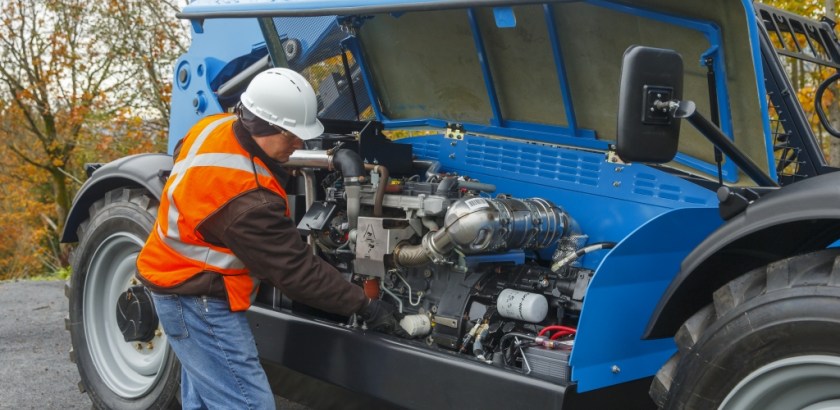Understanding Horsepower in Telehandlers
by Josh Taylor - Product Manager On Nov 10, 2016, 03:00 AM
Subscribe To Aerial Pros
Filter by tags
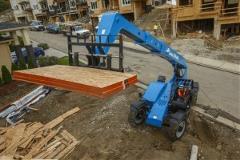
Historically, horsepower has been a key parameter for customers as they spec telehandlers for the rental applications. Customers generally felt that “more is better” when evaluating telehandlers, and since it was relatively inexpensive to add power, manufacturers easily matched each other. However, as engine emission regulations become ever stricter with Tier 4 compliance, it has become more and more challenging for all of the equipment manufacturers in the aerial rental industry to offer high horsepower to telehandler customers in a cost-effective package.
These developments inspired the Genie team to rethink telehandler engine choices, and in doing so, we decided that what’s really important when spec’ing a telehandler is not horsepower but torque — as you need the low-end grunt to perform the work that telehandlers do. Horsepower gives you speed, which is less important in the applications telehandlers are used in.
At Genie, our engineers have been working closely with engine manufacturers who offer high-torque engines that match our machines. To date, we have been able to identify and qualify high-torque versions of several of our engines below 75 hp. This enables us to offer an engine without the need for a Selective Catalytic Reduction (SCR) system or a Diesel Particulate Filter (DPF). The after treatment components that these types of systems require cost thousands of dollars because they are filled with exotic materials and sensors. By selecting a lower horsepower engine that offers high torque, we are engineering Genie telehandlers with a less expensive engine so we can keep your acquisition costs low, yet still highly capable of meeting jobsite demands
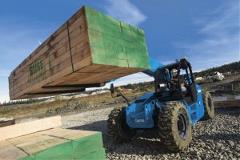 Sourcing lower horsepower engines also reduces the complexity of routine maintenance and operating costs on your telehandler. For example, a telehandler with a SCR requires the use of Diesel Exhaust Fluid (DEF), adding to the operating cost of the machine. Similarly, a machine with a DPF will need to regen regularly, which influences the productivity of the machine. Maintenance costs for these type of engines are also expected to be higher as technicians need to be specially trained to work on Tier 4 technology — the more sophisticated the engine components are, the more attention the engine will need over time.
Sourcing lower horsepower engines also reduces the complexity of routine maintenance and operating costs on your telehandler. For example, a telehandler with a SCR requires the use of Diesel Exhaust Fluid (DEF), adding to the operating cost of the machine. Similarly, a machine with a DPF will need to regen regularly, which influences the productivity of the machine. Maintenance costs for these type of engines are also expected to be higher as technicians need to be specially trained to work on Tier 4 technology — the more sophisticated the engine components are, the more attention the engine will need over time.
At Genie, we think that lower horsepower, high-torque telehandlers are an excellent way to offer you and your customers the same category performance characteristics that you’ve come to expect from our machines, in a format that offers a less complex engine and a lower acquisition cost which translates to a better return on your investment.
Related Posts
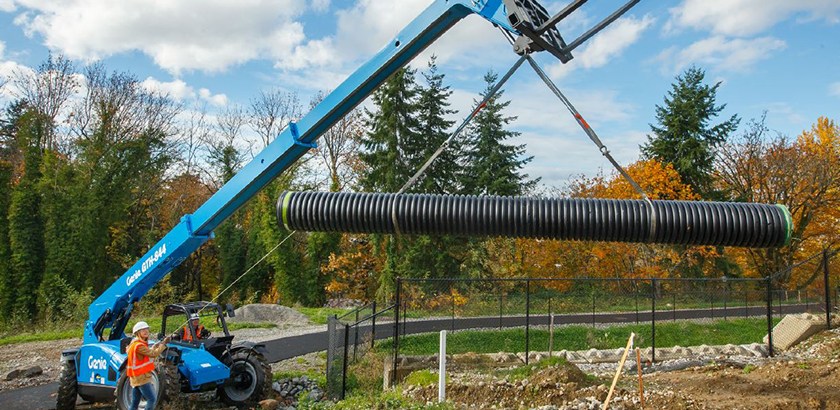
Spec’ing a Telehandler for Productivity
The telehandler’s ability to lift, move and place a range of materials and tools make it an indispensable machine for elevating efficiency and productivity on the job.
Continue Reading
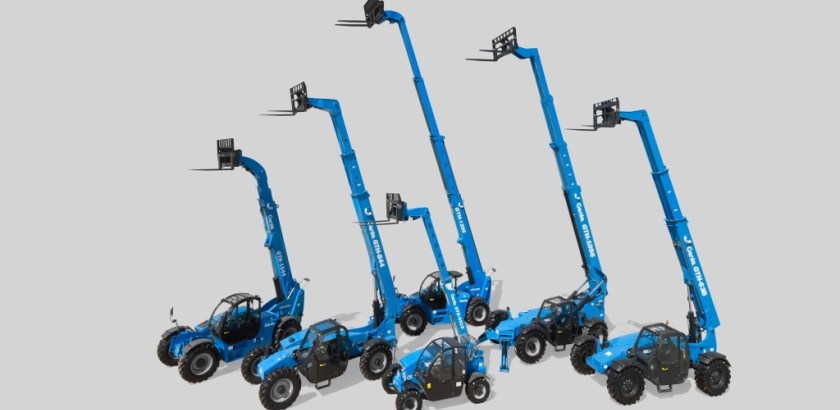
Evaluating Telehandler Sizes To Select the Right Machine for the Job
The telehandler’s ability to lift, move and place a range of materials and tools make it an indispensable machine for elevating efficiency and productivity on the job.
Continue Reading
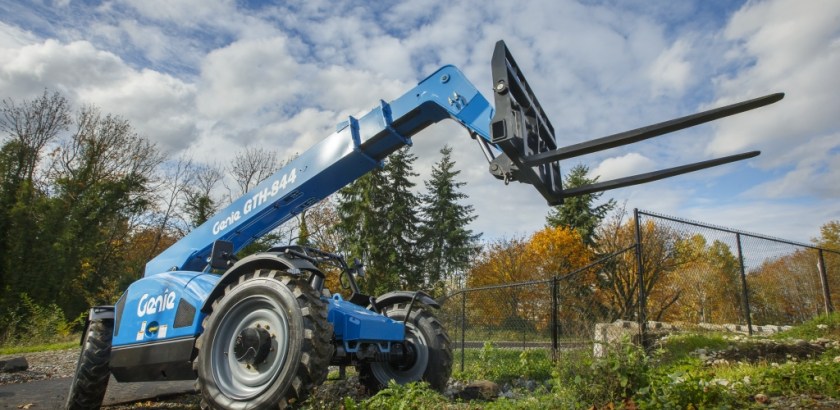
Making Sense of Telehandler Attachments
Attachments are what make telehandlers the versatile tool carriers that contractors love.
Continue Reading


